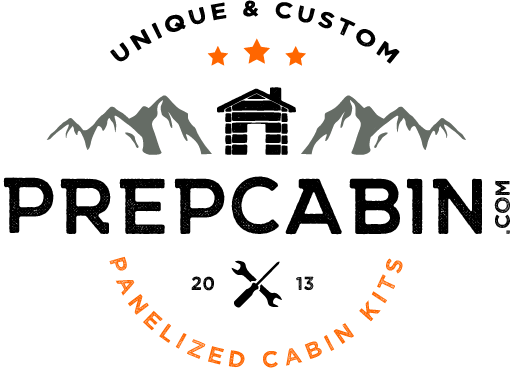The number of hunters and trappers in America has only been growing in the past few decades, but, so has the number of non-hunters. I believe what used to be an everyday way of life for a majority of Americans has become a culture that is often misunderstood as unnecessary by the public at large.
A lot of people I meet understand hunting and the benefits it has for our wildlife, our environment, and for the people who obtain meat from hunting. While others I talk to believe it’s a useless and violent act, which has no place in modern society.
I don’t know where they think their food comes from, but I assure you that it is much more cruel than a responsible hunter taking a game animal for nourishment.
As a prepper it’s important to develop your hunting skills. It’s the best way to supply large sources of protein and food. Not only can the animals you hunt provide meat but they can also provide skin and fur for clothing and shelter, bones for tools, and fat for oil lamps.
Logistics of Hunting
Being a good hunter requires skill and patience. Often the practice of hunting can be expensive and time consuming, and we don’t all have the resources to be avid modern hunters.
But you don’t have to spend tons of money in order to develop the skills you will need to become a hunter. Here are some ways you can develop the needed skills while staying in a budget.
1. Forget the techno-hunter gear- You don’t need to break the bank to buy the fanciest camo, scent reducers and sniper rifle. Just stick with the basics. Clothing that fits in with the surroundings and breaks up your profile, a cheap rifle and a good knife.
2. Don’t get sucked into fancy leases and hunts- Check out public lands near you and try to get onto those to hunt. Yeah the hunting may be tougher, and the trophies not as good, but remember you’re out to learn and develop a skill. You can also look for smaller less desirable leases that can be had on a very tight budget.
3. Just get out in the woods- The best hunters I know don’t only go out to hunt. They go out to watch and observe. Maybe even just to take pictures. Observing nature and learning how animals behave and move will make it much easier to find them when you really need the food.
Diversify Your Animal Harvest With Trapping
A lot of people believed that trapping animals was extremely cruel since a lot of traps would injure and maim the intended victims, and sometimes they hurt and killed innocent passing animals or humans.
There are many different options for traps to catch the animals that you would need to survive long-term in a survival situation. Let’s go over some of the most popular ones.
1. Cage/ spring door traps- These are the most humane traps to catch animals with. They are considered live traps because they aren’t intended to harm or kill the animal it catches. They can be very small, made to catch mice, all the way up to huge to catch bears and other larger animals. Check back often so see how these traps can be made quickly and easily.
2. Foothold trap- This is the most common trap associated with animal trapping. It has two jaws that close onto it’s catch when a trigger is activated. These are often seen in movies with jagged teeth latching onto someone’s leg. These have fallen out of favor due to the ability to maim/kill anything that steps on it, whether it’s an animal you want or not.
3. Conibear trap- This trap is like the common mousetrap that you see at the hardware store. They are very effective and usually kill their intended catch very quickly by snapping the neck or choking off the trachea. These traps are made to trap mice, all the way up to beaver and muskrat.
4. Deadfall trap- Using a heavy falling weight to crush the catch is how a deadfall trap works. Often large logs or stones suspended or propped up with sticks and a trigger.
5. Pit trap- Dig a hole, cover with a moveable surface and when something steps over it, it falls into the trap. Seen in scary movies often with spikes in the bottom of the pit. (ouch)
6. Snares- Snares work great for small game and are easy to build. You are basically lassoing your catch with a rope or wire using tension from a tree branch to hold them in the snare. Snaring wild hogs has become popular in the area where I live and people use very strong wire to do this.
Like me, you may not have grown up hunting… But it’s a learnable skill that you would be well advised to pick up. I did grow up learning about the outdoors and about getting close to animals without them hearing me. Maybe my dad knew someday I may need that skill and respect for the outdoors even though he wasn’t a hunter. Make some friends in the hunting community and go hunting with them so that you can learn from them.
Now I do hunt occasionally. Not as much as I’d like to, but the meat I harvest has been a great addition to my diet. Even my wife loves the feral hog porkchops. She says that it’s some of the best meat she’s ever eaten.
Join us on Facebook www.Facebook.com/PrepCabin to see if you can make some hunting buddies on there.
